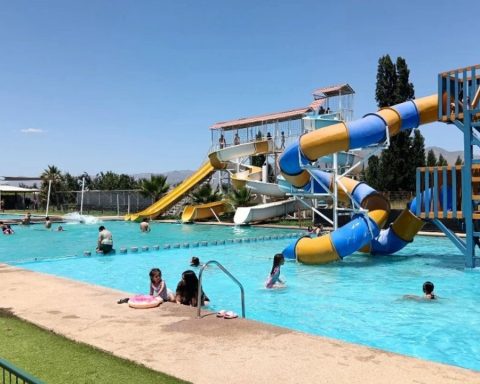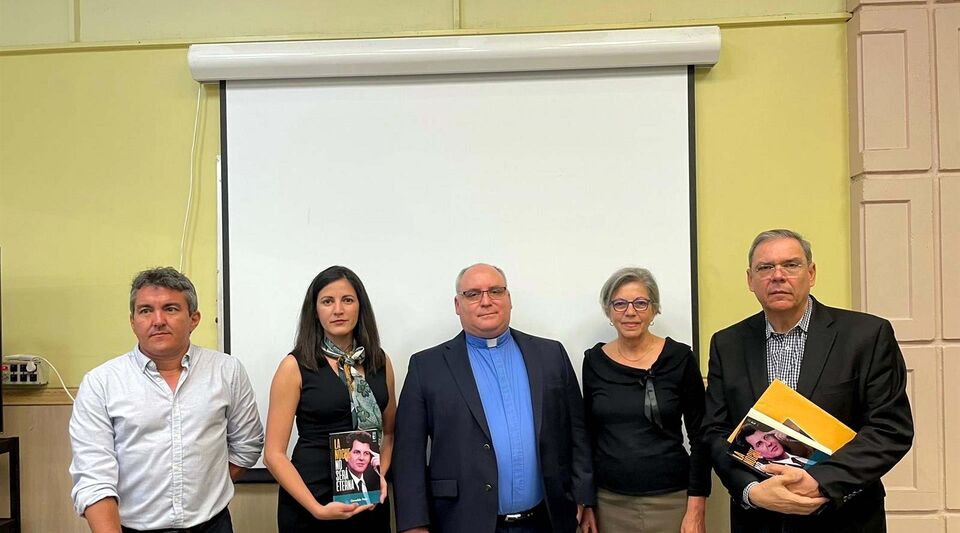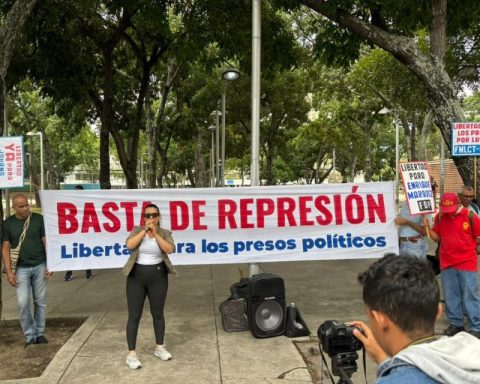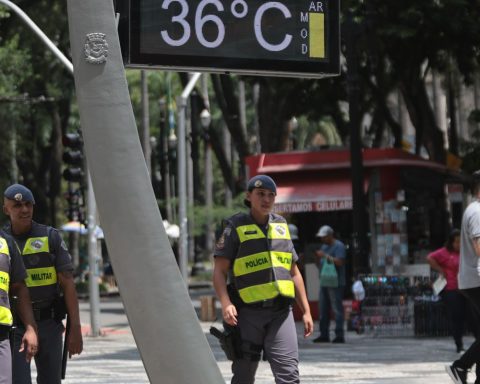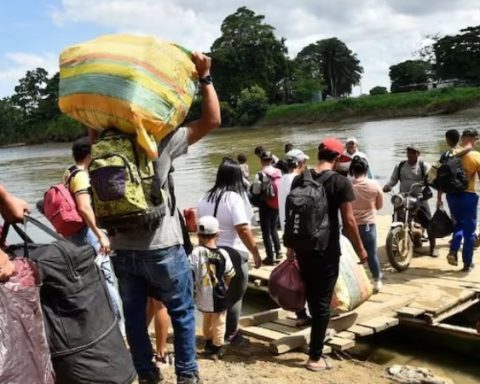
The Minister of Education Raúl Figueroa, accompanied by students, attorneys, teachers, directors, authorities and experts in education and childhood, presented on Monday the 20 proposals of the plan “Together, Chile recovers and learns”, a participatory instance that was promoted to draw up a roadmap in education for the next four years with an emphasis on mitigating the effects of the pandemic.
“The pandemic had a huge impact on the integral development of children and young people. Today, the schools are ending the school year with face-to-face classes and the system working, and next year, gathering the experience that the schools have had and the advances in vaccination, the full school day will be resumed. In this new context, the main challenge will be to mitigate the impacts of the last two years both on learning and on the socio-emotional development of children and young people, so that everyone can reach the maximum of their capacities ”, said the minister.
This participatory process was initiated by the Mineduc in August 2021 including a citizen consultation that achieved more than 14 thousand responses, in addition, more than 300 councils were held in all regions of the country with the participation of 2,600 actors from the different educational communities, There were also expert tables that brought together 64 specialists in education and childhood.
After analyzing all the responses, comments, suggestions and international evidence, the Ministry of Education publicly released the document that summarizes the 20 public policy proposals focused on giving greater flexibility and tools to educational communities according to their context, in turn building systems of timely information to support decision-making, focus on initial education, among others.
“We are convinced that, to advance an agenda that seeks to put students and the quality of education at the center, it is essential to listen, dialogue and gather the opinion of the educational communities themselves. This document gives us a roadmap regarding where we have to direct the educational system in the next four years, “added the Secretary of State.
The proposals
Based on international and national evidence, and the results of the participatory process, the document proposes the following measures:
- Advance in 2022 in level 2 of the curricular prioritization and plan the 2023 school year with the current curriculum. Promote curricular flexibility in Early Childhood Education based on a diagnosis in each educational community.
- Deepen and diversify the training plans for management and pedagogical teams, with a territorial and local focus.
- Extend the offer of courses, workshops and programs currently offered by the CPEIP, incorporating modifications that reflect the emerging needs of the context.
- Promote the development and existence of virtual learning communities to enhance the network and support among teachers, educators, assistants and management teams.
- By March 2022, the compulsory attendance of students will be resumed.
- Generate reports of chronic absenteeism from the assistance of the Student Information System (SIGE), delivering alert signals when there are possible dropouts
- Promote the use of the Early Warning System (SAT) and strengthen the algorithm that identifies students at risk.
- Generate “Educational trajectory teams” with multidisciplinary teams within educational establishments, which will have the role of systematically evaluating the educational trajectories of students.
- Carry out a national communication campaign on the value of attending classes: “Every day counts” to create awareness of the importance and the damage caused by dropping out.
- Implement the new re-entry modality, which provides a response to the 156 thousand boys, girls and adolescents between 12 and 21 years old who, for various reasons, are outside the school system.
- Consolidate the digitization of school textbooks in future tenders, incorporating, in turn, complementary resources and interactive material to take advantage of having high-speed connectivity.
- Incorporate the use of digital tools within the classroom.
- Resume the original Full School Day in timetables, and encourage the establishments to develop their educational project in terms of distribution, allocation of resources and use of freely available hours.
- Continue with the processing of the bill that seeks to reduce bureaucracy and encourage educational establishments to adhere to the SEP.
- Generate a manual of good practices for the use of the SEP.
- Strengthen the source of information for the educational community on the National Performance Evaluation System (SNED).
- Retake the SIMCE in 2022 with its census character and permanently incorporating a socio-emotional field into the evaluation.
- Strengthen the “More Information, Better Education” (MIME) platform, which has public information on educational establishments in order to simplify the search for educational alternatives for families.
- Strengthen and promote the website “Proxy + informed” especially in the socialization of the educational context, highlighting the importance of proxies knowing the Institutional Educational Projects (PEI) of the establishments and the decision-making spaces in which they can participate.
- Strengthen work in early childhood through a focused plan for the level of Early Childhood Education that highlights the importance of assistance, work with families and the comprehensive well-being of boys and girls.



